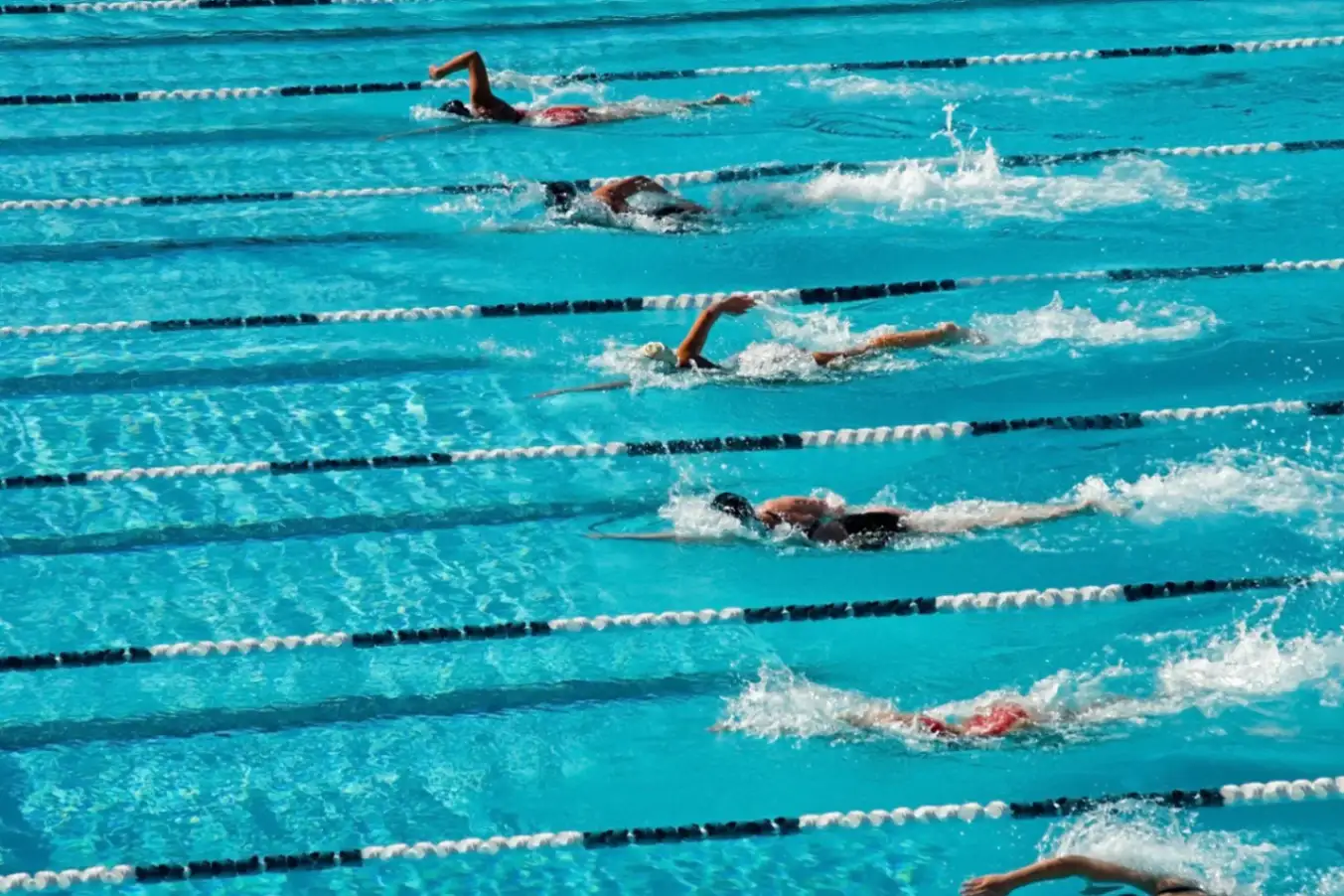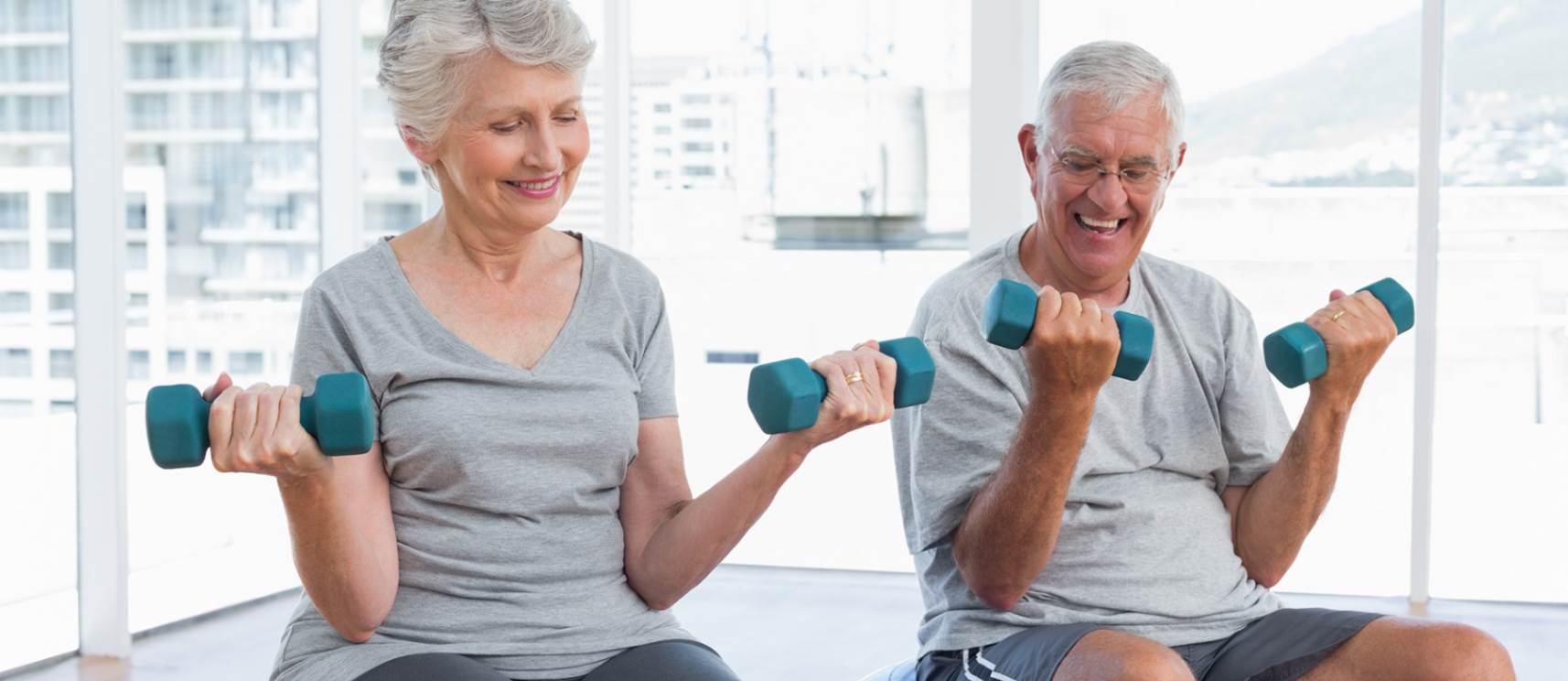A swimmer’s training generally focuses on global movements that mostly work superficial muscles. Pilates however focuses on deep stabilising muscles that support and control joints. These include the deep abdominals (transversus abdominis), pelvic floor muscles, deep muscles approximating the spine (multifidus) and deep hip rotators. Without this internal stability system, global muscle groups must work harder leading to more occurrences of fatigue and injury.
In addition, Pilates helps to improve muscle ‘firing’ patterns. This means muscles activate when they should within the dynamic part of the movement, to protect further and stabilise moving joints. This improved timing capacity further reduces the risk of repetitive strain injuries. Spinal mobility exercises contribute to enabling the body to achieve body postures, which is important for optimal swimming technique.
Did you know Coast Sport uniquely offers Pilates classes specifically catered to swimmers?
See below 5 reasons why swimmers should practice Pilates:
- 1. Improves body and movement awareness
Effective swimmers need to be acutely aware of their body’s position and movement in the water to produce the most efficient swimming pattern possible.
Pilates teaches swimmers to become aware of optimum joint and body positions, as well as correct movement patterns through progressive movement challenges.
- 2. Improves breathing
Many swimmers develop breathing dysfunction over time. Unnecessary breath holding during swimming and breath stacking (not exhaling completely between inhalations) are common errors. Pilates teaches swimmers to incorporate relaxed, efficient and effective diaphragmatic breathing patterns into exercise to compliment trunk and core stability, minimise energy expenditure and maximise the available oxygen to working muscles.
- 3. Improves ‘core strength’
Swimmers move their arms and legs to propel themselves through the water. The torso at the centre of their 4-limbs must serve as the stable platform from which those limbs produce force.
Pilates teaches and trains dynamic stability of the torso through progressive exercises that challenge stability, and balance and control torso movement through range.
- 4. Improves range of motion and flexibility
Swimmers require an excellent joint range of motion and flexibility to achieve the positions required to swim fast and with ease. In addition, tight or stiff muscles are a by-product of hard training and this needs to be managed between training sessions.
Pilates strengthens and stretches muscles and joints through their full range of motion and helps develop tolerance to stretching through full range.
- 5. Improves balance
Balance doesn’t just refer to your ability to stand on one leg! Balancing the body in the water is important in maintaining a swimmer’s optimal body position and minimising drag while having all 4 limbs moving efficiently to produce propulsion.
Pilates provides balance challenges in swimming-specific positions and movements that teach swimmers to stabilise their body position through correct muscle recruitment and joint positioning patterns as well as heightened body awareness.
To view more benefits of Pilates, click here.
The team at Coast Sport utilise extensive knowledge of muscular anatomy and biomechanics to formulate specific Pilates classes for swimmers. These classes are designed to assist in correcting swimming technique, improve overall swimming performance through strengthening of relevant musculature and range of motion, and to help prevent and manage swimming injuries.
Coast Sport offers Pilates classes tailored to suit elite competitive swimmers and also welcomes swimmers of all levels wishing to enhance their performance. Book now to secure your place in these highly popular classes, call 02 4356 2588. Spots are limited so don’t delay to avoid disappointment.




 Helping the Central Coast Feel Well, Move Well and Perform Well!
Helping the Central Coast Feel Well, Move Well and Perform Well!